Nanakusa Gayu: A Japanese New Year’s Rice Porridge
While eating osechi ryori is now synonymous with New Year’s Day, people used to enjoy certain kind of food on different sechi dates. In our post on osechi ryori, we spoke at length about how osechi-ku ryori culture developed and the times of the year Japanese people ate it. But while osechi is definitely now the most iconic New Year’s food, there used to be many other kinds of food people ate at the beginning of the year. Though many of these dishes have faded away with time, some are still floating around in more residential areas. One such dish the rice porridge nanakusa gayu. This super traditional porridge has its roots going back for hundreds of years, and, if you are lucky, you can still find the ingredients in the supermarket.
What is Nanakusa Gayu?
Like many things in the Heian Period, nanakusa gayu came from China. In China, during the first seven days of the New Year, you were prohibited from killing certain animals on certain days. For example, you might not be allowed to kill sheep on January 3rd and then on the 4th you are not allowed to kill pigs (totally fine to kill those sheep again though). On January 7th it was considered taboo to kill people. Also on January 7th, the Chinese would eat a soup dish with seven leafy vegetables in it. Japanese nobles, eager to participate with Chinese customs, developed their own version of the soup, which they changed in to an okayuu (rice porridge) dish they called nanakusa gayu [七草粥]
A healthy wintertime dish
Finding fresh vegetables in January was hard since most produce simply could not endure the harsh winter. Ever resourceful, edible weeds (yes weeds) were added to the okayu. These seven weeds became known as the seven plants of spring. After all the decadent food eaten during the week of shogatsu, this rice porridge was believed to be good for digestion. Interestingly, all these plants are very high several vitamins and nutrients such as vitamins C, B2, iron, and calcium, so it actually does have some health benefits.

Finding Nanakusa
A couple disclaimers here*
The first thing I would like to say is while you can find many of these plants lying around, please do not go out and pick them off the side of the road or mountain trail and eat them! Please only eat the ones that come from the store! You simply do not know if the wild version have pesticides, animal urine, and gods know that else on them. Also, purchasing ones from the store also guarantees you will not misidentify one of these plants and eat something that might kill you. Stores will sell these in sets for consumers to purchase exclusively for making nanakusa gayu.
My second disclaimer is more about translation. Kusa [草] has several translations, like grass, weed, and even herb. More times than not “nanakusa” is translated to mean “seven herbs”. However, most of the time they are considered weeds. Present day Japanese people do not grow these plants in their gardens to eat with meals or garnish dishes. In fact, they will go out of their way to remove them from their garden. It’s like if someone said a dandelion was an herb, you would probably insist it was not an herb, but a weed.
Nanakusa And Their Benefits
 Gogyo– supposedly can prevent colds. |
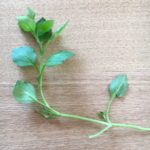 Hakobera– Known as chickweed in English. Believed to purify the blood and relieve coughing. |
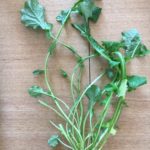 Hotokenoza– Known as nipplewort in English. There are two kinds hotokenoza; one you can eat and the other will kill you. |
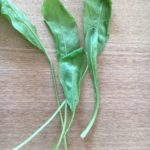 Nazuna– Called Shepard’s purse in English, and was one of the most commonly consumed plants in the Edo period. |
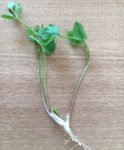 Seri– Also called Japanese parsley, seri is a member of the same family as mitsuba, a commonly used Japanese herb. |
 Suzuna– A small turnip. |
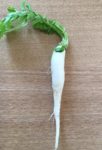 Suzushiro– Young daikon. |
Making Nanakusa Gayu
To prepare nanakusa gayu, first make okayu. The proportions for okayu have a lot of variation, as the thickness of the okayu depends on personal preference. You might want to start out with a ratio of 5:1 (water to cooked rice) and add more water later. If you have a Japanese rice cooker you can just skip the guess work all together and just follow the instructions that come with your model.While the okayu is simmering, chop up the nanakusa into fine pieces.
After a little simmering your porridge is ready!
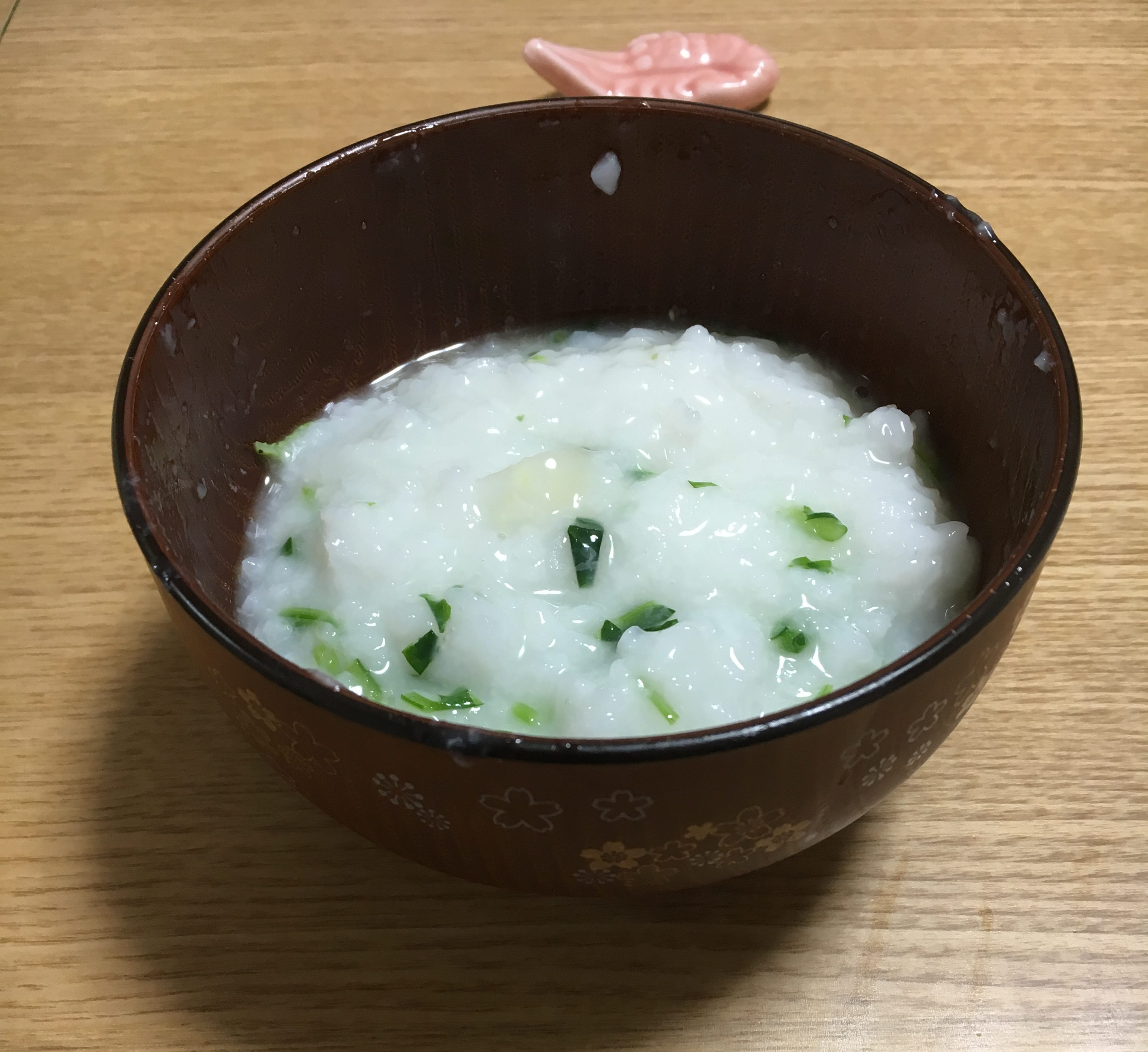
How is it?
This recipe is still very similar to how Japanese people made it back in the Heian– meaning it can taste a little bland with out a little salt. If you ever wondered what Japanese food was like centuries ago, nanakusa gayu gives you a good idea. However, we felt that a pinch of salt and an umeboshi on top greatly improved the dish. If you are curious about making nanakusa gayu, but want a little more substance, then you could try adding some chicken to your okkayu, which is the norm in several different prefectures. It may not really be nanakusa gayu by the time you add the chicken, but it will help you feel like had a proper meal. You never know until you try it, right!

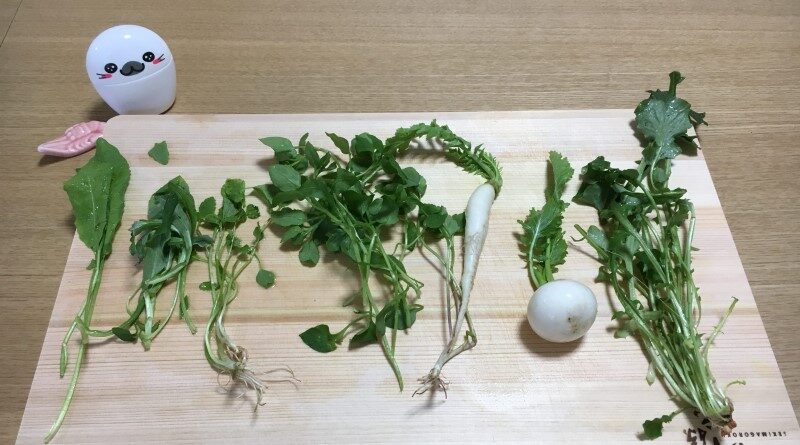
Leave a Reply